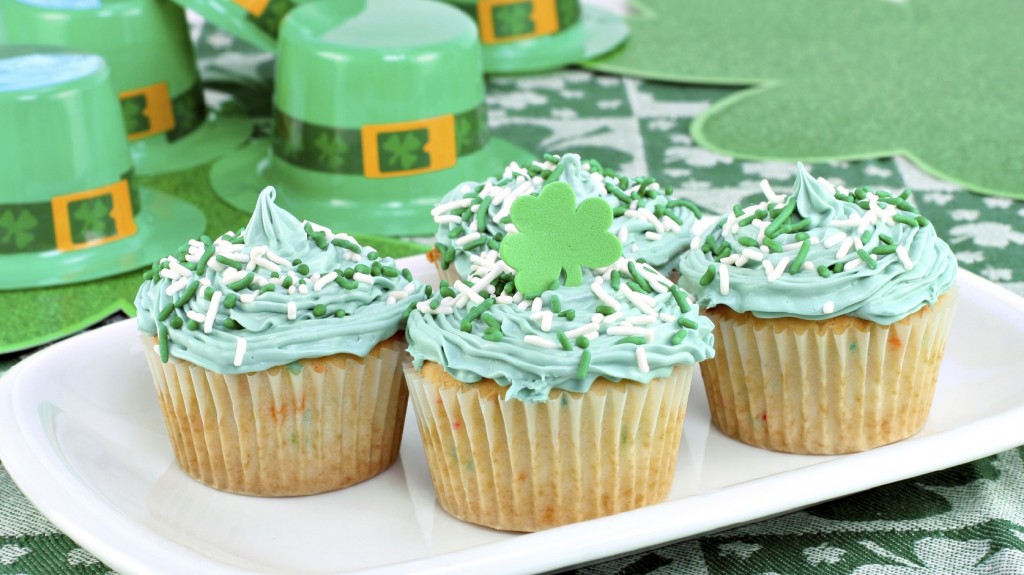
Post by Maria Godoy, The Salt at NPR Food (3/17/14)
Green food may mean party time in America, where St. Patrick's Day has long been an excuse to break out the food dye. But in Ireland, where the Irish celebrate their patron saint on March 17, green food has bitter connotations that recall the nation's darkest chapter, says historian Christine Kinealy.
The reason, Kinealy explains, is the Irish potato famine of the 1840s, which forced so many Irish to flee mass starvation in their homeland in search of better times in America and elsewhere. Those who stayed behind turned to desperate measures.
"People were so deprived of food that they resorted to eating grass," Kinealy tells The Salt. "In Irish folk memory, they talk about people's mouths being green as they died."
At least a million Irish died in the span of six years, says Kinealy, the founding director of Ireland's Great Hunger Institute at Quinnipiac University in Connecticut. Which is why, for an Irishwoman like Kinealy, who hails from Dublin and County Mayo, the sight of green-tinged edibles intended as a joyous nod to Irish history can be jolting, she says.